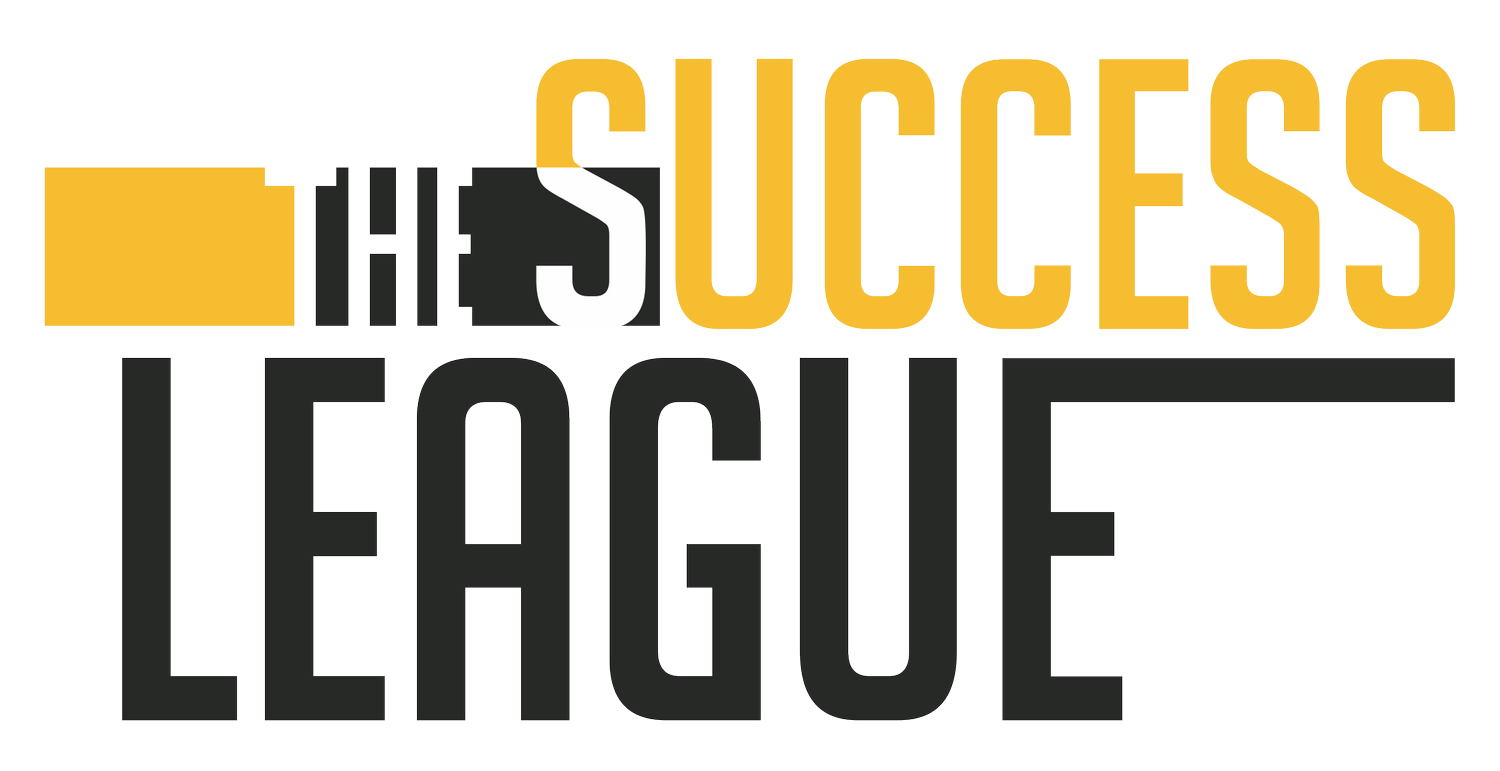The Most Expensive Blind Spot in SaaS: Why Does ‘Time Tracking’ Feel Like Treason?
By Mikey Renan
Make it make sense.
We run billion-dollar businesses that rely on Customer Success, Support, and RevOps to be the primary engine of retention and growth. Yet, when a leader asks, "Where is my team's time going?" The response often feels like a cultural minefield.
Somehow, in the evolution of knowledge work, we adopted this strange cultural norm: Visibility into where effort is going is treated like an invasion of privacy.
Think about almost any other profession:
Manufacturing: The process manager knows the cycle time, the wasted materials, and the machine utilization on the floor. It's expected.
Logistics: The fleet manager knows the route efficiency, the idle time, and the fuel cost per mile of every truck. It's non-negotiable.
Engineering: Thanks to tools like Jellyfish, leaders know which projects are consuming the most dev time, the bottleneck steps, and the cost per feature. It's data-driven.
But in Post-Sales, for a long time, the only accepted methods have been:
Manual Logging: Asking a professional CSM to stop every hour to log their tasks in a spreadsheet. (Which is inaccurate, morale-killing, and a complete waste of time).
Anecdotes: Relying on a manager's "gut feeling" and 1:1 status updates for strategic planning. (Which is exactly how you get into a "he said, she said" debate with the CEO).
We have to challenge the idea that having an objective, data-driven view of organizational effort is inherently "Big Brother."
It’s not about surveillance. It’s about being a grown-up business.
It’s about managing your single biggest, non-renewable expense: your time.
Why The "Big Brother" Fear is Outdated
In the past, the only way to passively track time was through screen tracking, keylogging, or hardware that exposed absolutely everything. It was capturing every click, every private browser tab, every private message, and even the bathroom breaks.
That genuinely felt like surveillance because it offered no distinction between an employee's personal life and their work focus.
Circumstances have changed.
Today, we can use privacy-friendly APIs to connect directly to professional tools like Slack, Gmail, Zendesk, and Salesforce. This automatically captures relevant work activity, and does so passively, without monitoring the user's screen or requiring manual effort.
On top of that, AI and LLMs have solved the second problem: extracting value. In the past, collecting millions of data points often resulted in pointless "data harvesting." Now, this raw "digital exhaust" can be turned into a highly valuable, synthesized insight that benefits everyone.
We’re no longer talking about surveillance. We’re talking about using objective, aggregated work data to solve systemic problems like burnout, inefficiency, and resource imbalance.
The Reframe: Clarity vs. Control
The goal is not to monitor an individual’s every click. The goal is to understand high-level patterns of effort to make processes better.
If your team is working 60 hours a week and is burnt out, the problem isn't the team. The problem is a broken process. But you can’t fix that process if you can’t see what’s broken.
The real questions we should be asking are:
Are we busy with the right things?
Is our high-performing talent being consumed by low-value tasks?
What activities from our top performers can we replicate across the team?
This shifts the conversation from performance review to process improvement. It turns a subjective debate into a joint problem-solving mission.
How can I better advocate for my team cross-functionally?
How do I highlight ALL the work we’re getting pulled into so we can discuss tradeoffs?
How do I better coach my CSMs to get the most out of themselves?
What Happens When You Get Clarity
This isn't theory. We live this every day at Lumopath. I’ve tasked our Head of CS, Kelseagh, to hit a $5M book of business target before making her first CSM hire. She can't do that by working faster. She has to work smarter.
Every month we look at the objective data on where her time is going. This has created a powerful feedback loop for scaling:
Pinpoints the Drag: Two months ago, her time was constantly being pulled into reactive, technical support requests. This "hidden work" was derailing her focus on revenue-driving activities.
Identify Root Cause: The AI gave undeniable evidence and examples that we needed a better technical support function and tooling to support customer requests.
Solve: If we relied on anecdotes, we would have been much slower to act. But because the data was objective and clear, we were able to quickly re-prioritize internal resources to build that function. We shifted from guessing to fixing based on facts.
This process is how a CS leader can 10x the efficiency of their team. It allows you to protect your employees from burnout, eliminate redundant work, and strategically prove the need for resources before a crisis hits.
If you’re only measuring 30% of your team’s effort - which is the reality for most CS teams - you're leaving the biggest decision up to chance.
It's time to stop letting cultural discomfort hold your business hostage. You can’t build a scalable operating model on anecdotes.
So ask it proudly: “Where is my team's time going?"
Knowing the messy details will make you a better manager, leader, and advocate for your org.
Mikey Renan - Mikey is the Cofounder and CCO of Lumopath, an AI copilot built for post-sales leaders. Mikey has 15 years of experience building and scaling GTM functions at big-data startups. Prior to Lumopath, he was on the founding team at Thinknear (acquired, 2012) and Sense360 (acquired, 2020). Across all his work, Mikey has remained obsessed with using passive data sources to make smarter business decisions.


